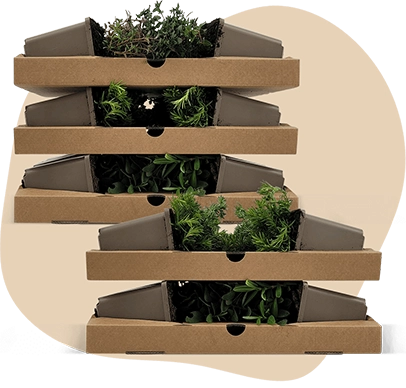Description
Rosa canina | Dog rose
The Rosa canina, commonly known as the Dog rose, is a versatile shrub with an upright to bushy growth habit. This plant can reach a height of up to 300 cm, making it a striking addition to any garden. The leaves of the Rosa canina are green, with a smooth texture and a fragrant quality. Although it is not evergreen, the Dog rose is known for its resilience and low maintenance needs. It produces attractive fruits, which are a favourite among birds and pollinators. The Rosa canina is ideal for hedges and wild gardens, offering both beauty and ecological benefits.
Key Plant Characteristics of Rosa canina
- Rosa canina blooms in June and July, showcasing beautiful pink flowers that are attractive to butterflies, bees, and bumblebees. The flowers are also fragrant.
- This plant thrives in a sunny location for optimal growth.
- Rosa canina is adaptable to all soil types, provided the soil is well-drained.
- The bark of this shrub is typically brown, with sturdy branches that support its upright to bushy growth habit.
For those looking to enhance their garden with
garden plants, Rosa canina is an excellent choice due to its ability to attract wildlife and its low maintenance requirements.
Application of Rosa canina in the Garden
- Rosa canina is versatile in garden design, suitable for solitary planting, group planting, borders, and edging. It can also be used to adorn pergolas, walls, fences, and even in pots or planters.
- This plant is highly winter-hardy, thriving in temperatures as low as -40°C, making it ideal for gardens in colder climates.
- Rosa canina combines well with other shrubs and perennials, enhancing the garden's aesthetic with its pink blooms.
- The main ornamental value of Rosa canina lies in its fragrant pink flowers and its ability to attract birds and pollinators, adding life to the garden.





















